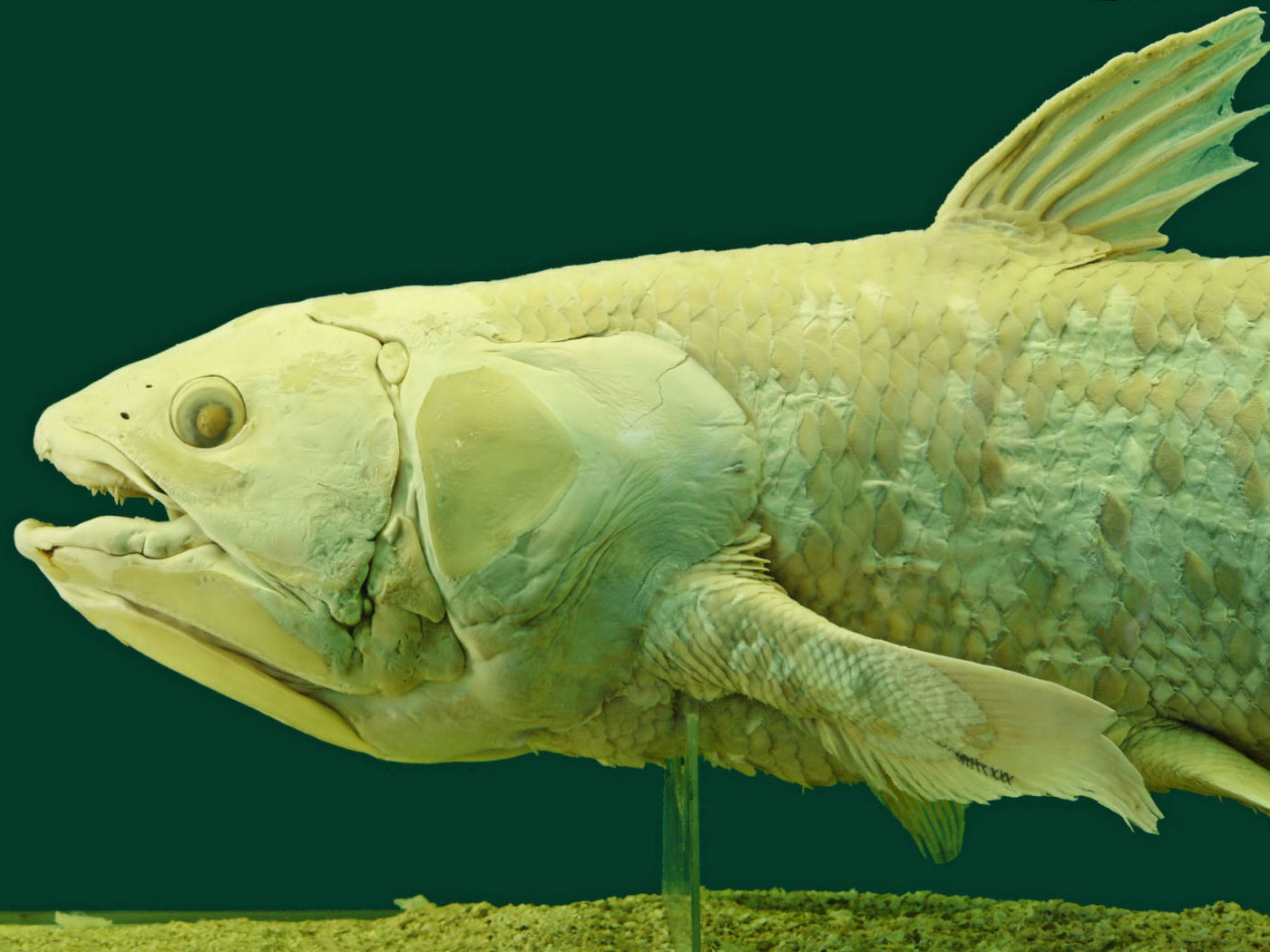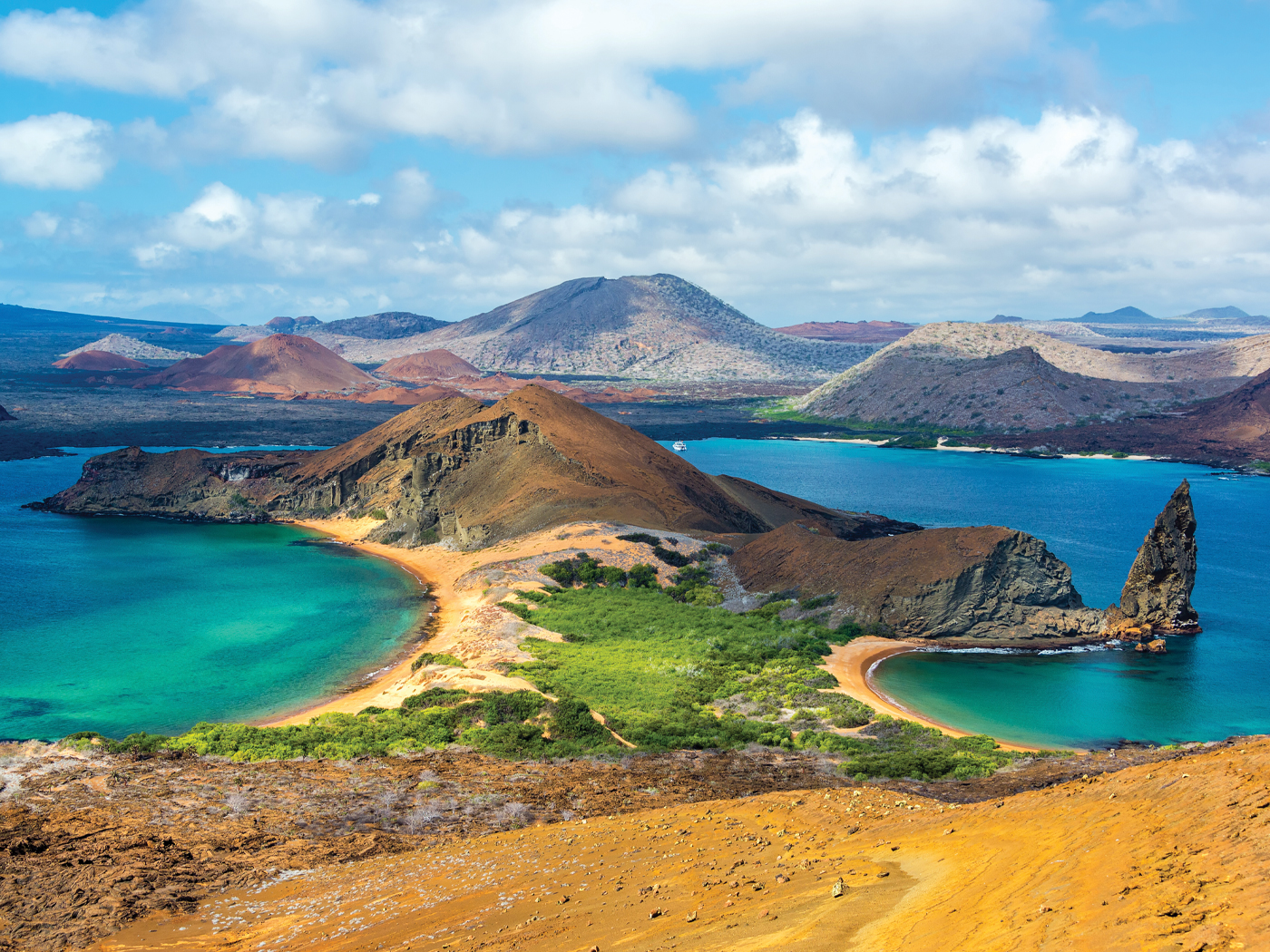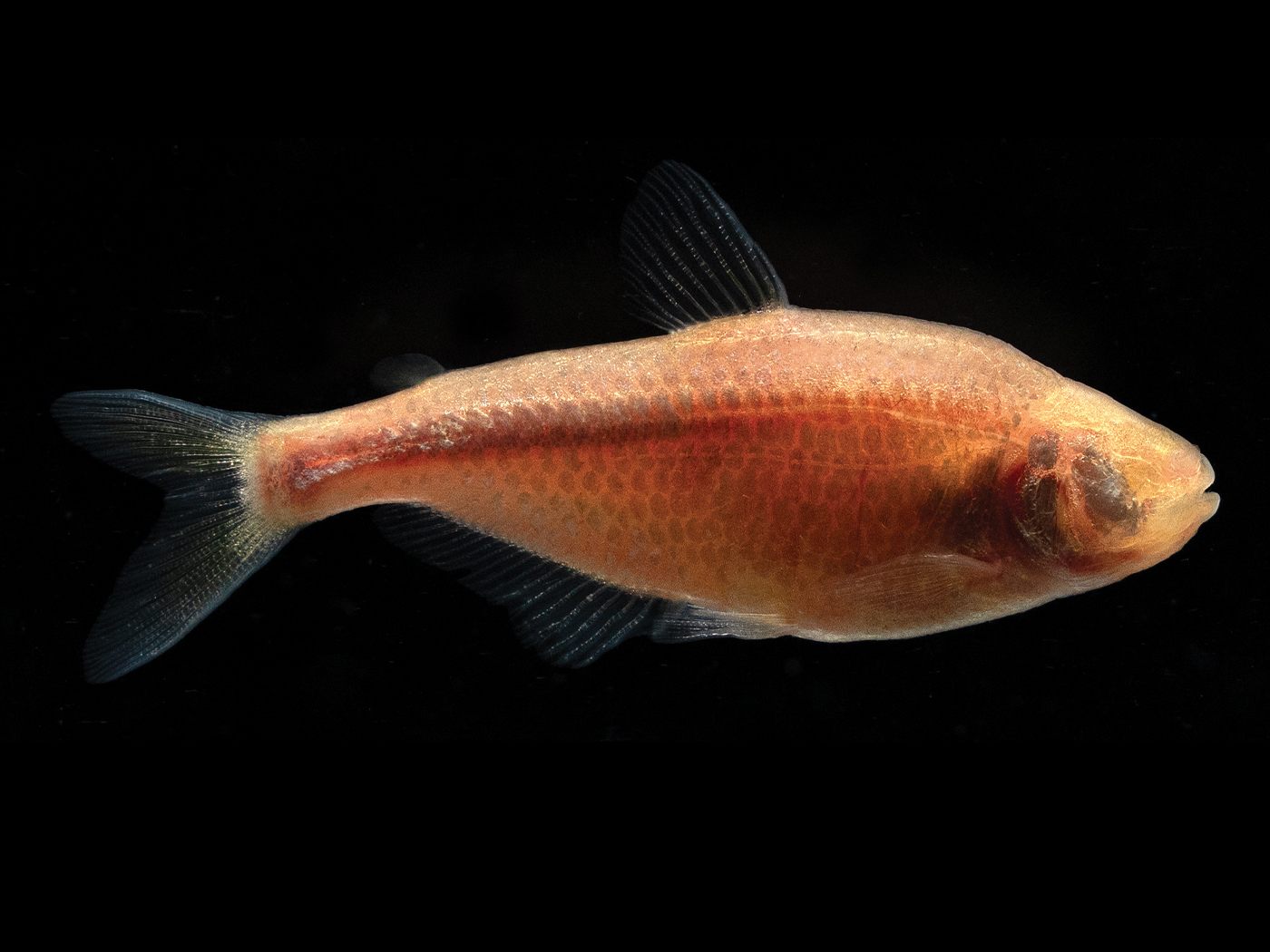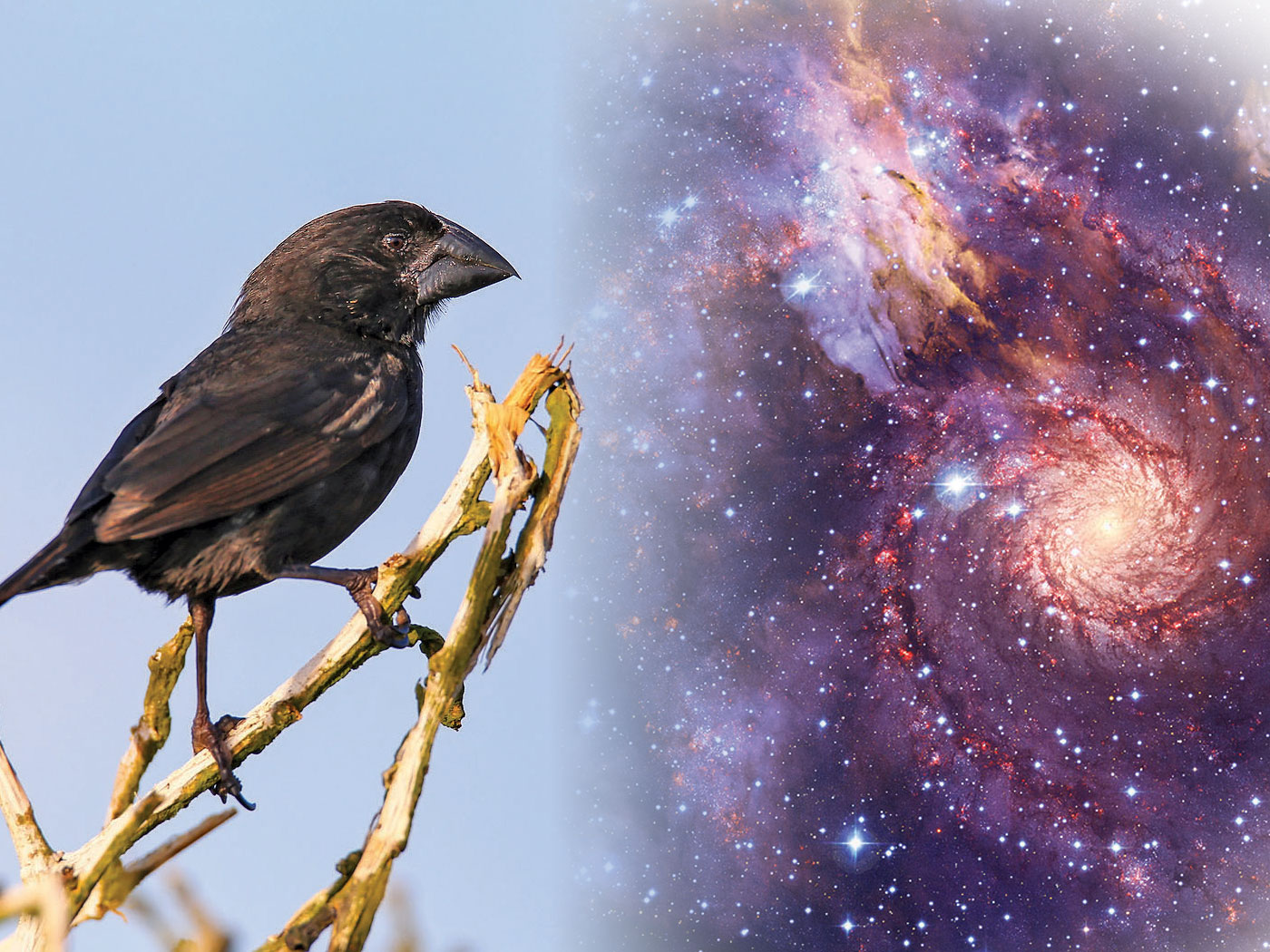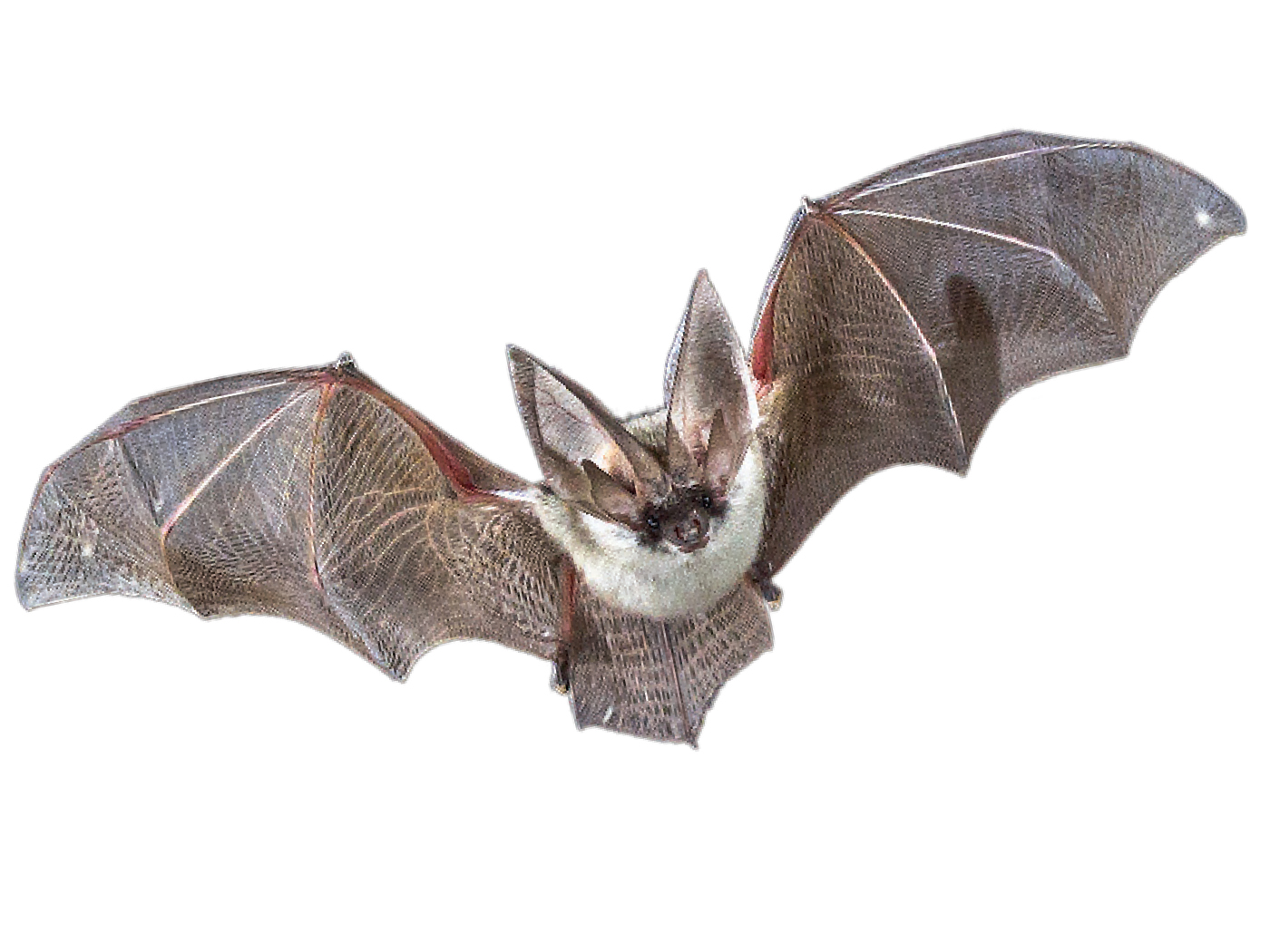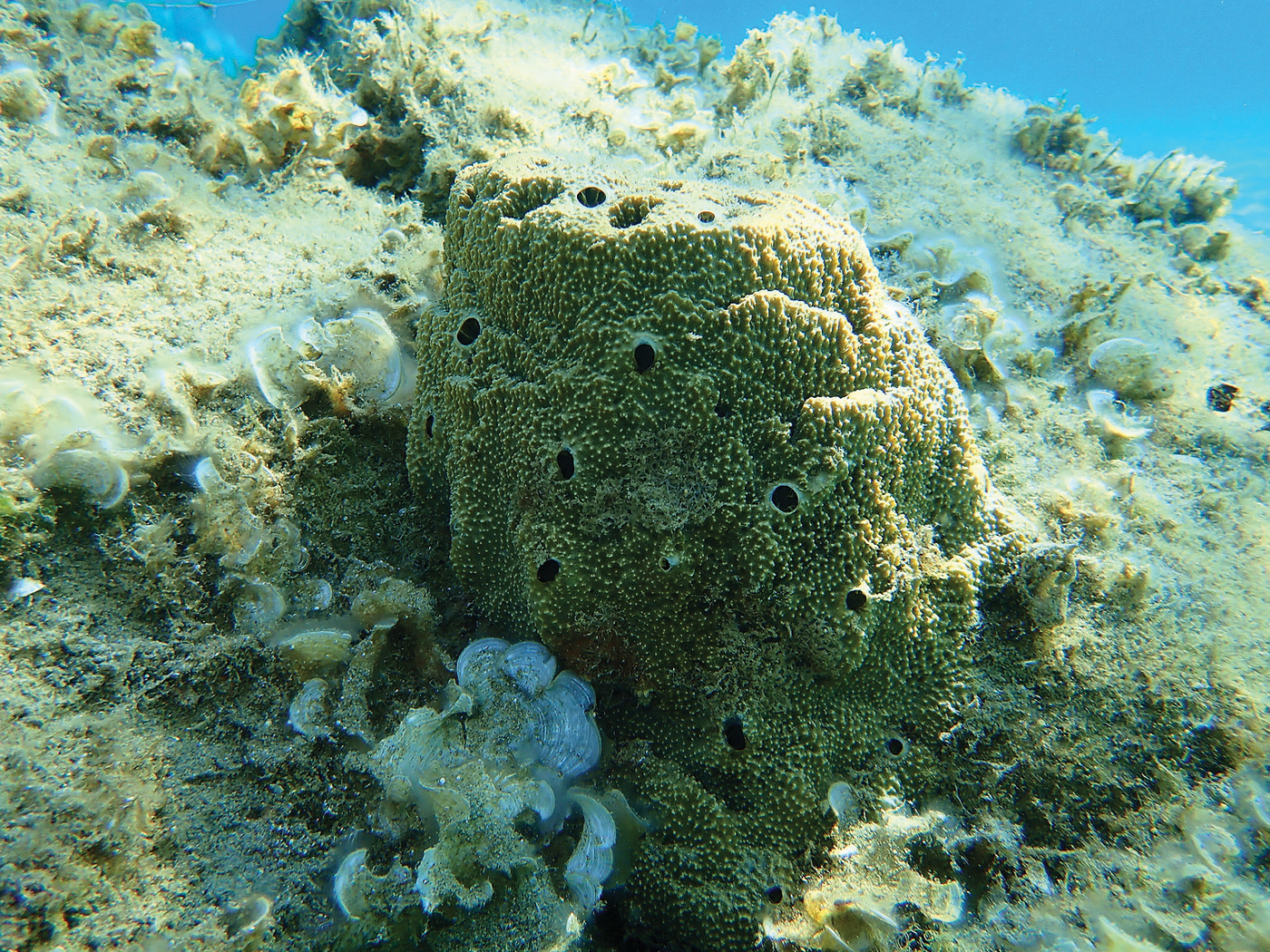In their quest to disprove design in the universe, scientists have produced evermore speculative models of cosmology. Big Bang cosmology, for example, relies heavily on a process called inflation, an ad hoc speculation that remains highly controversial 26 years after it was first proposed.
By the 1980s, cosmologists were struck by the homogeneity and flatness of our universe. In other words, matter appears to be uniformly distributed on a large scale, and the average density of matter in the universe is balanced against its expansion rate to a high degree of precision. These and other properties appear too finely tuned to be a matter of chance.
Uncomfortable with this apparent design, scientists sought a naturalistic explanation. In 1981, Alan Guth proposed the first inflationary cosmology, postulating that "the universe expanded exponentially for a tiny fraction of a second very early in its history--growing from a patch as small as 10-26 m|eter|, one hundred billion times smaller than a proton, to macroscopic scales on the order of a meter, all within about 10-35 s|econd|."1 This expansion theoretically flattened space-time with a quick stretch, masking any inhomogeneities in the original fireball.
Cosmologists jumped on this hypothesis as a way for the finely-tuned state of the cosmos to appear "natural," meaning that scientists might characterize its initial conditions and the laws governing its evolution. "If any system should be natural, it's the Universe," said Sean M. Carroll in Nature. "Nevertheless, according to the criteria just described, the Universe that we observe seems remarkably unnatural." 2
Does inflation make the universe's apparent fine-tuning a "natural" outcome? Carroll answered that despite its popularity, "there is a skeleton in the inflationary closet, at least as far as entropy is concerned."3 Such rapid expansion would need extremely low entropy. He concluded that "it would seem that the conditions required to start inflation are less natural than those of the conventional Big Bang."4 Inflation, therefore, is a step backward in explanatory power.
On the question of matter, Guth concluded that resonances between quantum fields produced it: "Large numbers of particles would be created very quickly within specific energybands," he said. "This dramatic burst of particle creation would affect space-time itself, as it responded to changes in the arrangement of matter and energy."5 So within a tiny fraction of a second, a material universe inflated by 26 orders of magnitude and filled itself with matter. Hardly a "natural" explanation.
Guth's original model was shown to be unworkable, but others arose to take its place: chaotic inflation, spontaneous inflation, and even eternal inflation. "Needless to say, proposals of this type are extremely speculative, and may well be completely wrong," Carroll stated.6
In short, inflation is no help to the Big Bang theory. It assumes the flatness of the universe rather than predicting it, relegating the idea to an untestable speculation that says nothing more than "strange things happen."
There is one form of inflation that matches the observations perfectly, but is never considered by secular cosmologists. This model alone, however, has the initial conditions and power to explain all the properties of the universe:
He hath made the earth by his power, he hath established the world by his wisdom, and hath stretched out the heavens by his discretion. (Jeremiah 10:12, emphasis added)
Observed design makes sense when the Designer is not arbitrarily excluded from the model.
References
- Guth, A. H. and D. I. Kaiser. 2005. Inflationary Cosmology: Exploring the Universe from the Smallest to the Largest Scales. Science. 307 (5711): 884-890.
- Carroll, S. M. 2006. Is our Universe natural? Nature. 440: 1132-1136.
- Ibid.
- Ibid.
- Guth, Inflationary Cosmology.
- Carroll, Is our Universe natural?
* Mr. Coppedge works in the Cassini Program at the Jet Propulsion Laboratory. The views expressed are his own.
Cite this article: Coppedge, D. 2007. Inflating the Evidence. Acts & Facts. 36 (12): 15.





